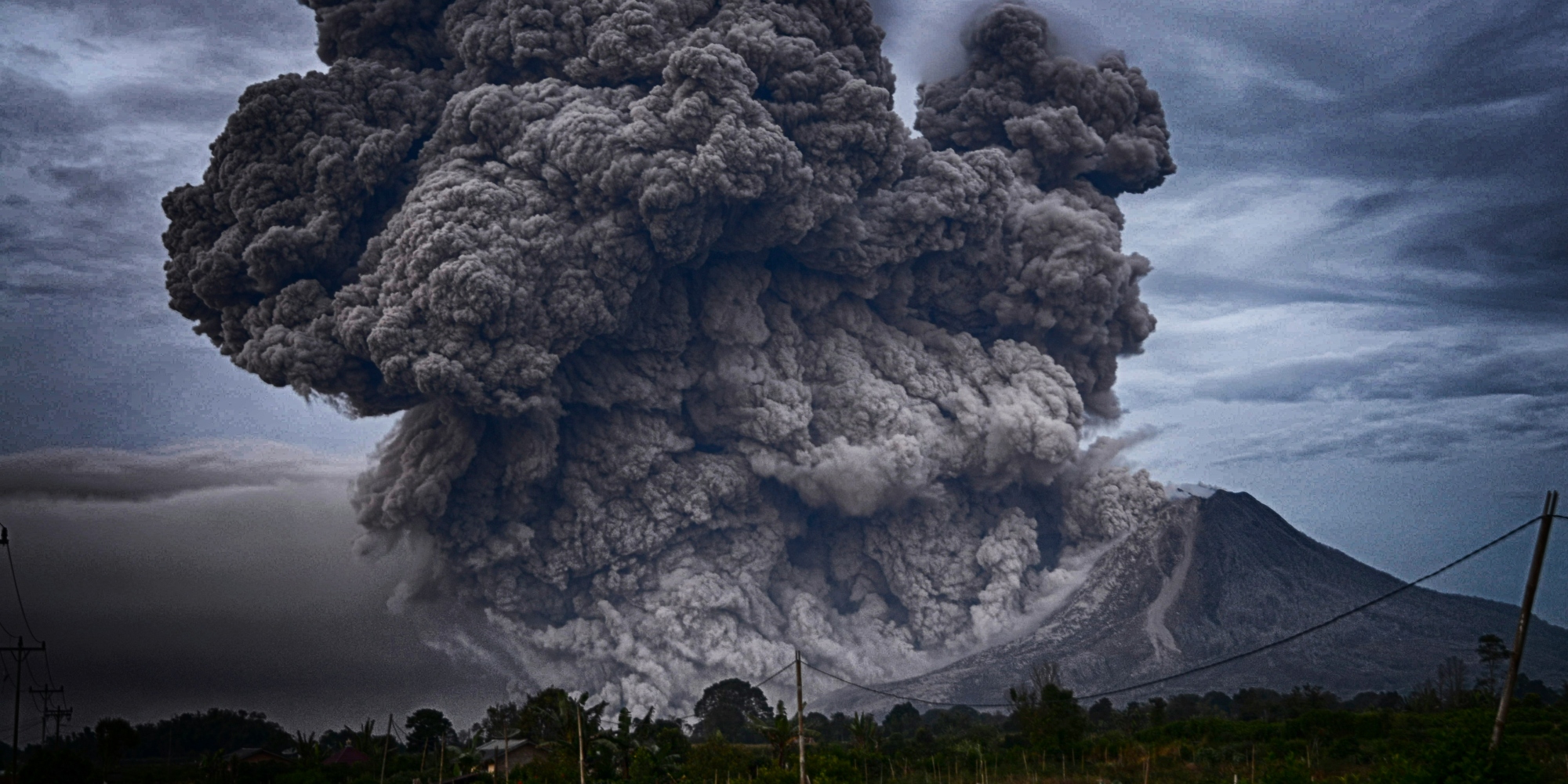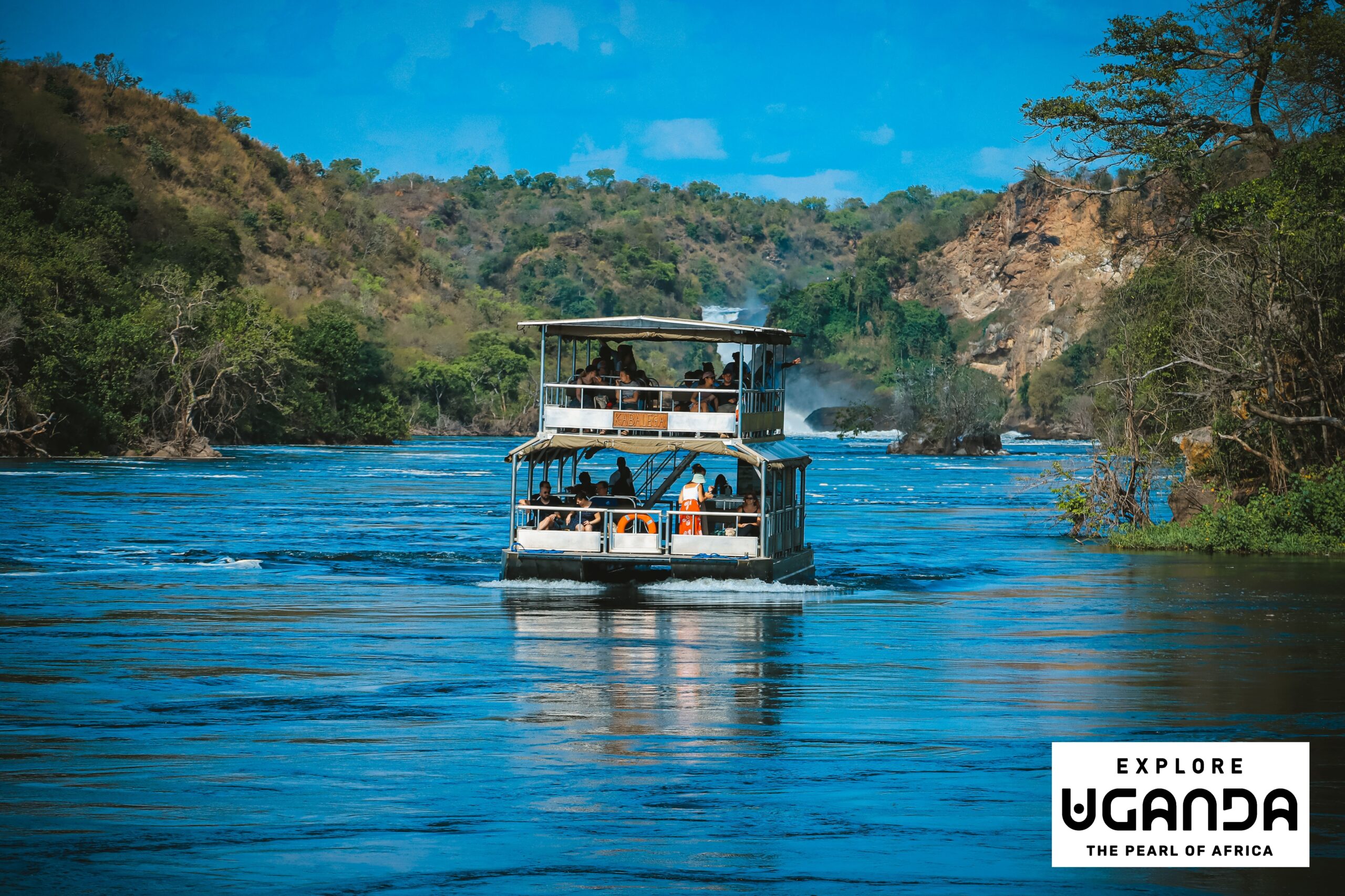The recent eruption of Mount Semeru in Indonesia has once again drawn attention to the significant impact volcanic activity can have on travel.
This week, the 3,676-metre volcano erupted repeatedly, sending ash plumes, rocks and lava down its slopes. More than 900 people were evacuated and over 170 climbers had to be rescued as conditions rapidly worsened.
While the immediate concern was the danger to those on the mountain, the wider effects on travel serve as a timely reminder of how disruptive volcanic activity can be for anyone flying through affected regions.
Volcanic ash presents a well understood hazard to aircraft. Its fine particles of rock and glass can damage engines, erode aircraft surfaces and reduce visibility, often forcing airports to suspend operations.
A similar situation occurred earlier in the year when Mount Lewotobi Laki Laki, also in Indonesia, sent ash as high as 18 kilometres into the atmosphere, resulting in widespread flight cancellations in Bali and delays across the region.
Although the full extent of Semeru’s impact on flight schedules is still emerging, the presence of large ash clouds and a raised alert level strongly suggests potential disruption to both domestic and international routes.
For agents, tour operators and travel advisers, this prompts an important question: should clients be encouraged to take out travel insurance that specifically covers volcanic ash disruption?
The reality is that for travellers visiting or connecting through volcano-prone regions, the answer is yes.
Many standard travel insurance policies do not automatically cover cancellation or interruption caused by volcanic activity. Comprehensive policies, however, usually offer protection for natural disasters and related travel delays, making them a much safer choice for clients travelling to destinations such as Indonesia and other parts of the Pacific Ring of Fire.
It is equally important to remind clients about timing.
Insurers often have exclusions for known events. If a volcano is already active or an alert has been issued before a client buys their policy, they may not be covered for any disruptions that follow.
Given Indonesia has around 130 active volcanoes, clients travelling there should be advised to purchase their insurance as soon as they book, not just before departure.
Health considerations are another essential part of the discussion.
Ashfall can affect local air quality and create issues for travellers with respiratory conditions. Ensuring that a client’s travel insurance includes medical treatment and evacuation in such circumstances is vital, particularly in destinations where air quality can deteriorate quickly during eruptions.
Clients should also be encouraged to keep thorough documentation if they are affected by ash-related disruption.
Flight cancellation notices, airline communications, government travel alerts and receipts for additional expenses all support a strong insurance claim.
Travel advisers can help set expectations by reminding clients that flexibility is key. Building buffer time into itineraries and preparing for possible rerouting will help reduce stress and inconvenience.
Ultimately, the eruption of Mount Semeru demonstrates that volcanic ash is not an abstract threat but a very real risk that can affect flight schedules, travel plans and client wellbeing.
Advising clients to take out insurance that explicitly covers volcanic activity is not only prudent but increasingly essential for travel to active volcanic regions.
With the right cover and appropriate preparation, travellers can navigate these natural disruptions with far greater confidence and security.









